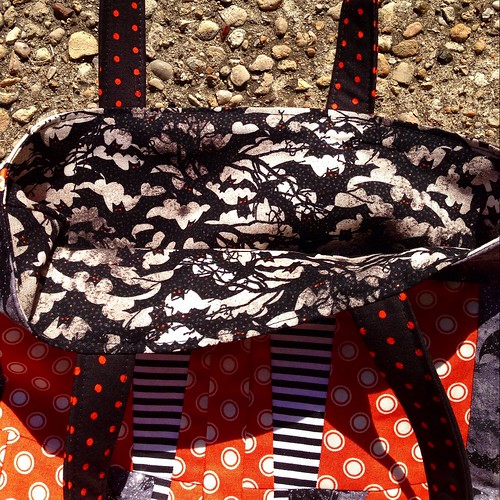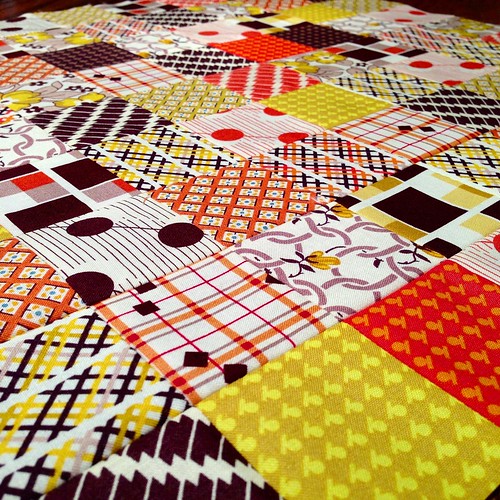I am excited to participate in the Shabby Fabric 2015 Blogger Challenge. This blogger challenge highlights the versatility of the pre-fused laser cut Shabby Shapes. You can see the whole selection of available shapes here. For my mini quilt, I selected a set of small 2" butterfly prints and a set of small pindot tulips. I've included instructions with how I made this mini quilt, but it is really more of an improve piece.
Rainbow Meadow Mini Quilt
Finished Size: 20" x 20"
6 Shabby Shapes pre-fused laser cut small tulips
Shabby Shapes pre-fused laser cut leaves and stems for 6 tulips (12 leaves and 6 stems)
9-12 Shappy shapes pre-fused laser cut small butterflies (or 6 small and 3 medium butterflies)
1 fat quarter (18" x 21") of background sky fabric
1 strip of 3.5" x 21" green grass fabric
Assorted 1.5" wide strips of rainbow color fabric
Approximately 6.5" square of yellow/orange fabric for sun
23" square of quilt batting
23" square quilt backing fabric
(2) width of fabric strips cut 2.25" (or preferred width) for binding
Mini Quilt Assembly & Finishing:
The layout of this mini quilt is a simple process, less about precision and more about fun. Square up the background sky fabric; orient it so that it is 18" vertically and 21" horizontally. Lay the various components out on top of the background fabric. Trim tulip stems to approximately 3" tall. Align the tulip stems along the bottom edge of the background fabric. Once satisfied with the placement, peel the paper backing off of each pre-fused shape and fuse them in place with an iron. So easy! Attach grass fabric strip to bottom of background fabric with 1/4" seam allowance. If you are concerned about placement of the tulip leaves to prevent them getting stitched in the seam allowance, you may fuse those after adding the grass fabric; I fused them in place 3/8" from the bottom edge of the background fabric prior to adding the grass strip.
I whip stitched by hand around each shape, but machine sewing works great as well.
For the rainbow - I laid out my 1.5" strips, using lengths in each color corresponding with lengths needed to extend from one edge to the next and estimated by laying them on the background fabric, but longer strips can be pieced together and then cut down. Once the rainbow strips are pieced, lay in place face down on the mini quilt top and stitch the violet strip in place with a 1/4" seam allowance. Turn under 1/4" seam allowance on the red strip, flip the rainbow right side up and sew in place on the upper right hand corner of the mini.
Once you have all of your shapes appliqued down, baste your quilt sandwich, quilt, and bind as desired.
I gave hand quilting a try on this mini. This is the largest project I have ever hand quilted, and it is not easy for me to master the quilting needle rocking motion. It looks kind of cute, but it's not as flat as I would like; maybe I'll use a hoop next time. More practice is needed.
Giveaway
Now for the fun part! Shabby Fabrics has graciously given each blogger a set of pre-fused laser cut shapes to give away. To win a set of these small 2" tulips in pindots, please leave a comment below (be sure to leave an email). Contest closes Tuesday March 24, 2015 and is open to international entries. Contest winner will be notified via email.
Be sure to check out all the other great bloggers who are participating in this blog challenge.





































